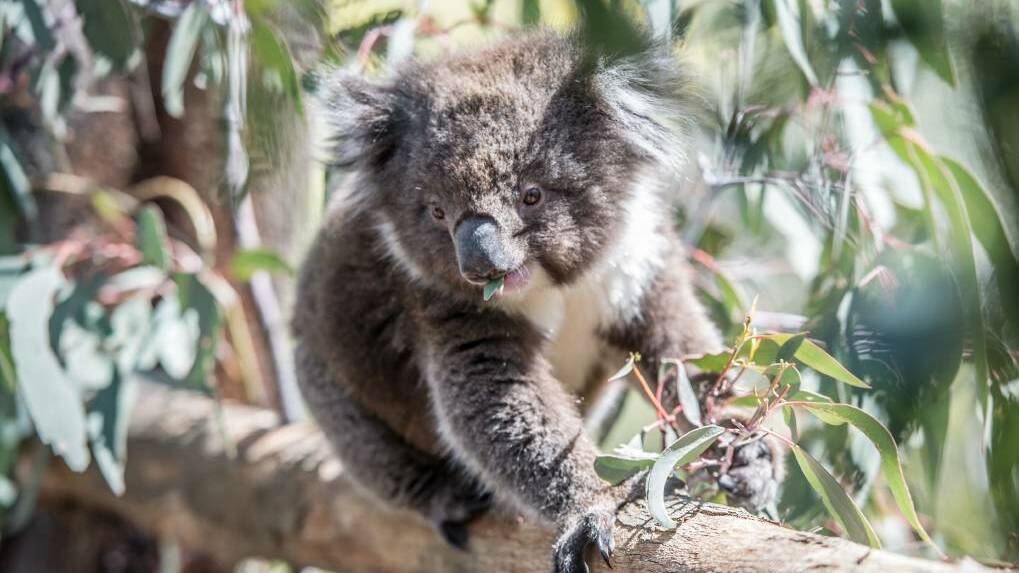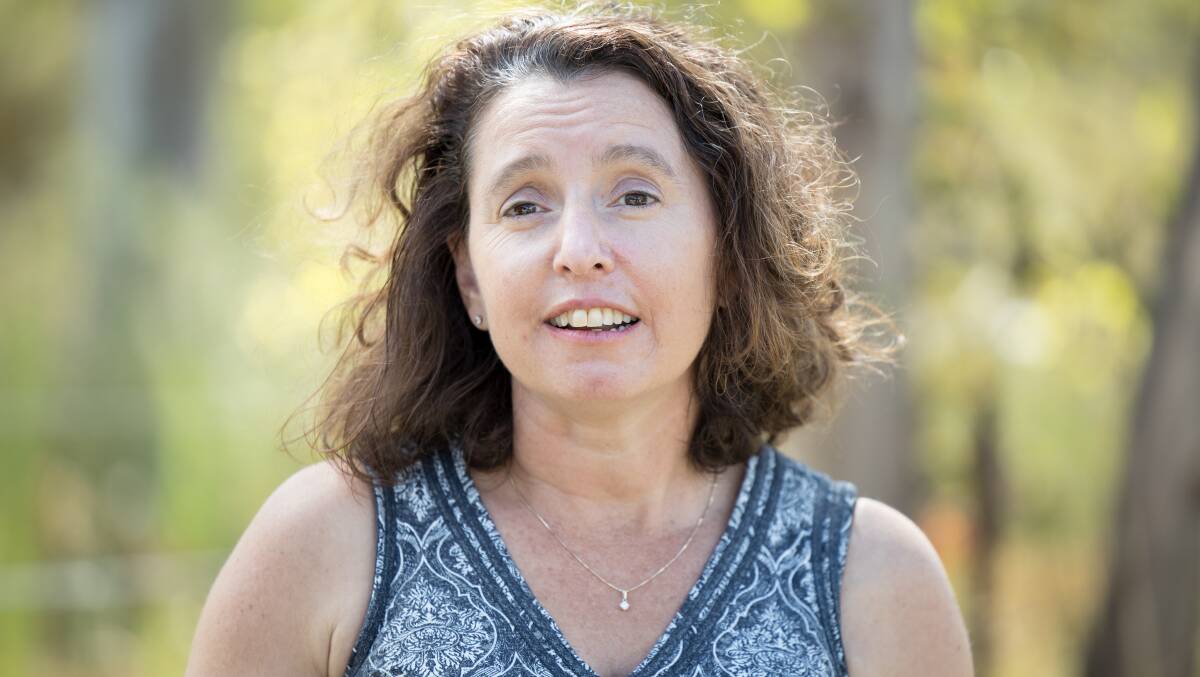
A decision to change the listing of koalas from vulnerable to endangered in parts of Australia has been welcomed by environmental groups who have called their rapid decline a shameful reflection on the treatment of the national icon.
The federal government announced the change for koalas in the ACT, NSW and Queensland on Friday, after a recommendation from animal welfare groups in March, 2020.
The decision recognises koala populations have continued to decline rapidly since their vulnerable listing in 2012, with the Black Summer Bushfires, land clearing, drought and disease impacting numbers.
ACT Environment Minister Rebecca Vassarotti said the upgrade was an example of a national government failing to respond adequately to protect a species at risk.
In addition to a koala breeding program at the Tidbindilla Nature Reserve, koalas are sometimes sighted in the Namadgi National Park having crossed over from their permanent habitat in NSW.
Ms Vassarotti said the ACT government was working closely with First Nations traditional custodians to monitor the visiting koalas.

"With climate change we will face more extreme weather and more threats from bushfires, so working with our jurisdictional colleagues to protect this precious habitat is really important," she said.
The Australian National University researcher Karen Ford said the few koalas found in bushland in Eastern NSW and areas surrounding the ACT were relatively healthy.
"They don't seem to be suffering too much in the way of predation and don't seem to have too much evidence of disease, unlike some of the northern NSW populations," she said.
Friday's announcement by Environment Minister Sussan Ley follows a joint nomination by the International Fund for Animal Welfare, Humane Society International and WWF-Australia in March 2020 to have koalas reclassified.
Their submission included evidence which revealed Queensland's koala population has crashed by an estimated 50 per cent since 2001, and up to 62 per cent of the NSW koala population has been lost over the same period.
IFAW Wildlife Campaign Manager Josey Sharrad said koalas had been living on a knife edge before the Black Summer bushfires, when up to 60,000 koalas are thought to have been killed or injured.
"This decision is a double-edged sword," Ms Sharrad said.
"We should never have allowed things to get to the point where we are at risk of losing a national icon.
"If we can't protect an iconic species endemic to Australia, what chance do lesser known but no less important species have?
"This must be a wake-up call to Australia and the government to move much faster to protect critical habitat from development and land-clearing and seriously address the impacts of climate change."
READ ALSO:
- NSW, Qld, ACT koalas listed as endangered
-
Boardroom gender fix '80 years away', most workplaces pay women less
-
Election profits in ACT 'genuine issue': Steel
This comes after the federal government announced $50 million for koala protection last month, including $20 million for large-scale habitat and health protection projects.
Australian Koala Foundation Chair Deborah Tabart said while the funding was generous it had come with no consultation with them and minimal detail.
"Posing with a cuddly koala and announcing a big chunk of money is undeniably a vote winner. But, if the federal government is serious about saving the species, their splash of cash needs to put a horse in front of the cart," Ms Tabart said.







